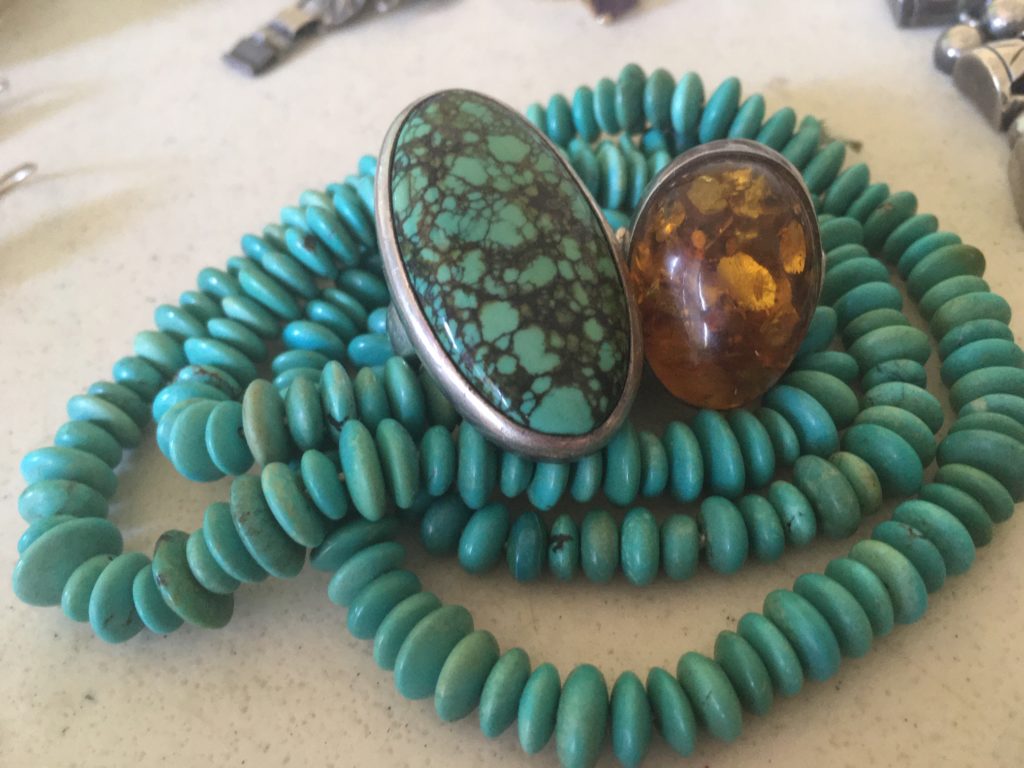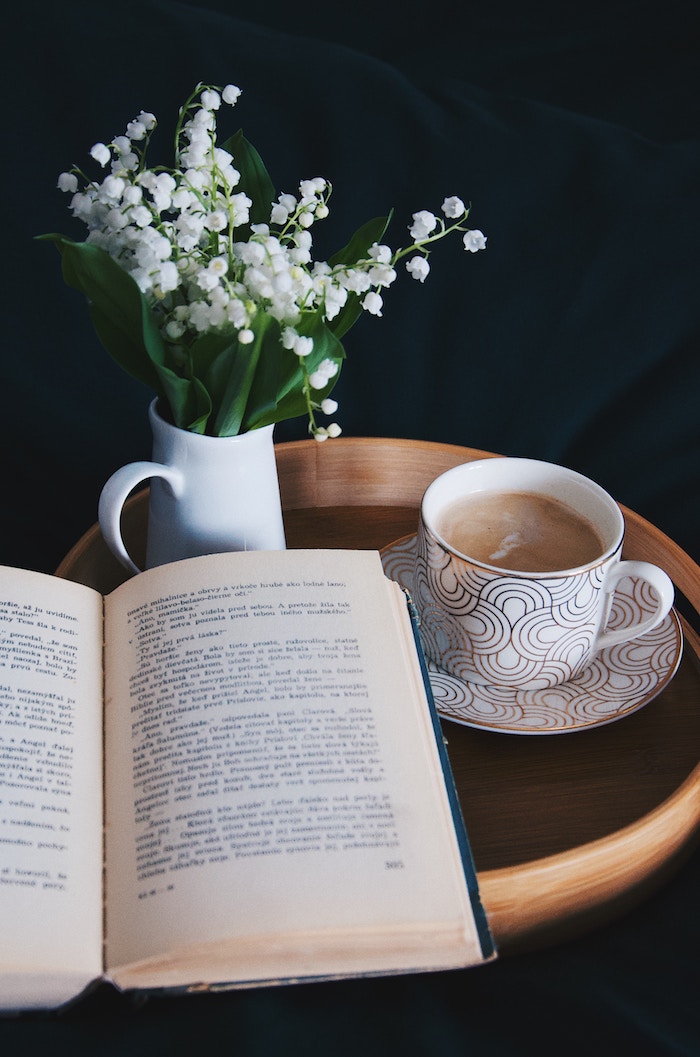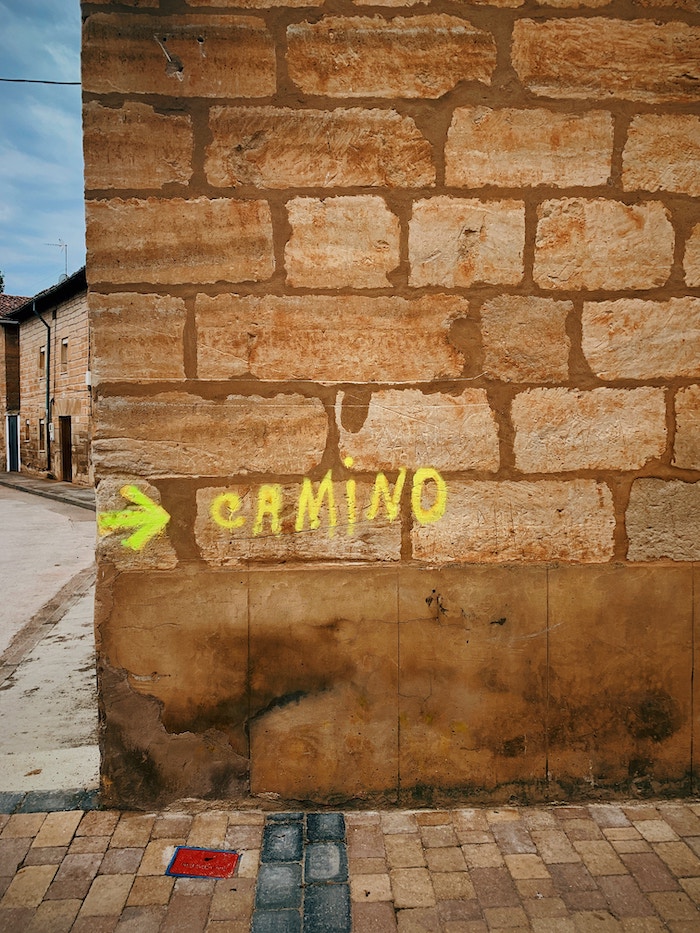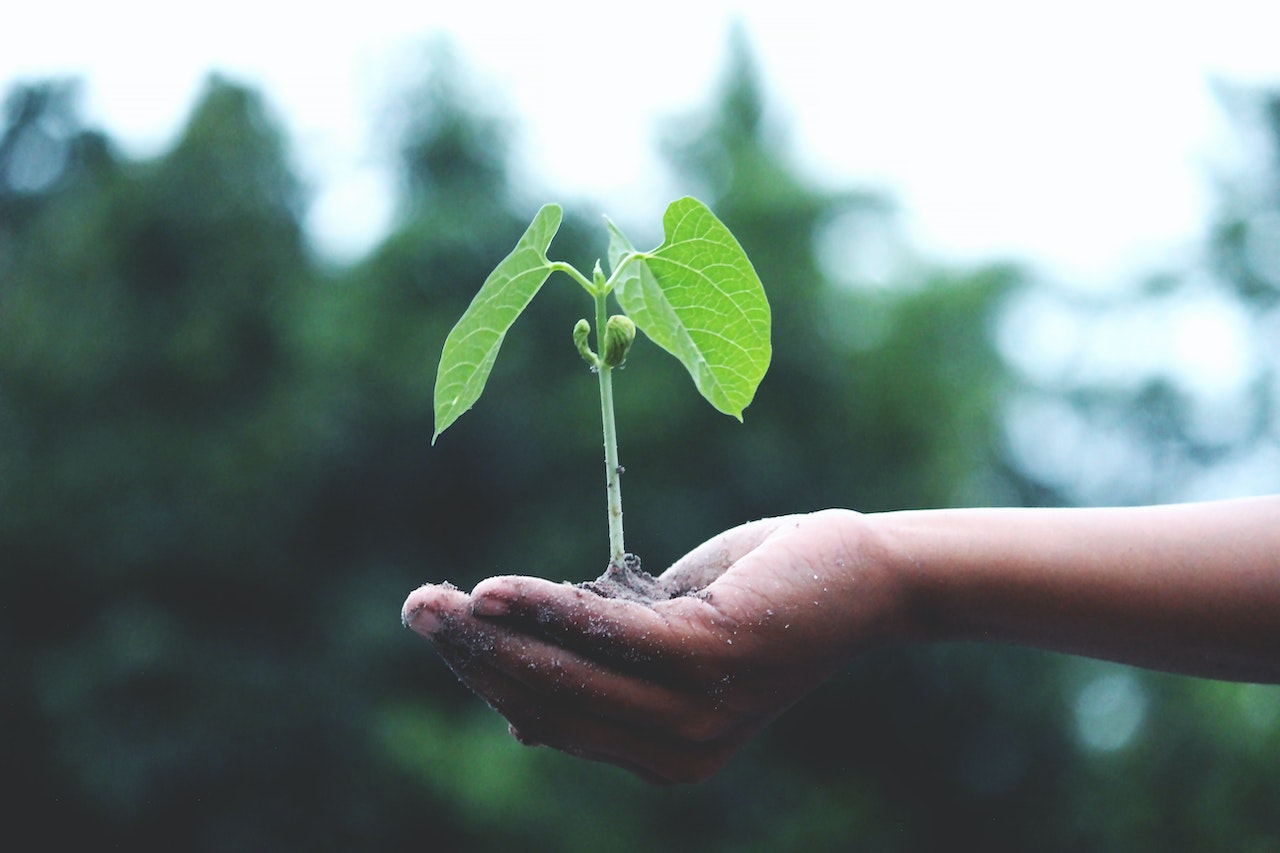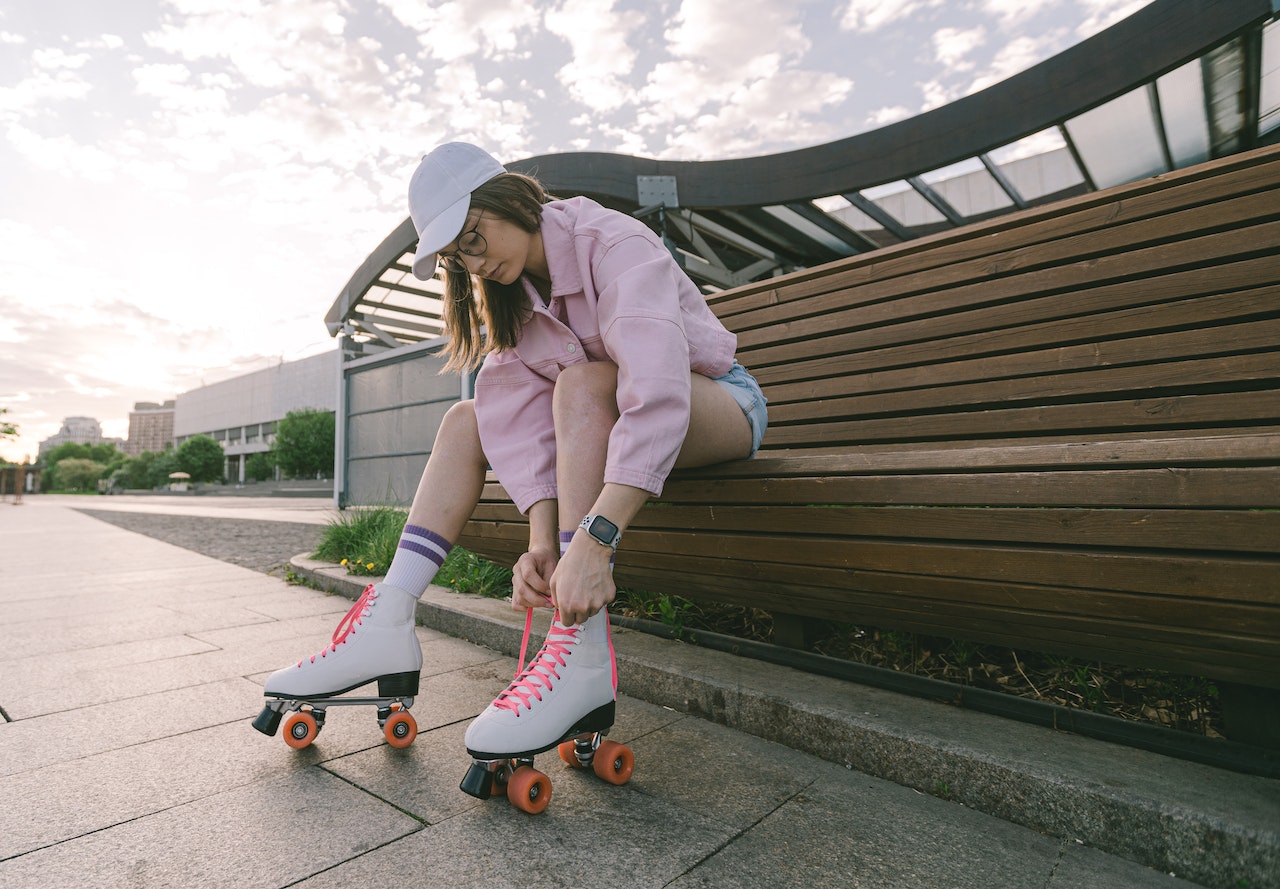Every day, the world screeches at us to “Dream Big!”
That really doesn’t work for me. Instead, my mantra is: this little life of mine, I’m gonna let it shine.
I just ended a long friendship over this very thing. We met when we were both really just girls—16 in my case, 17 in hers, beginning college. We stayed friends, until she—I’ll call her Laureen—began offering unsolicited opinions about what I’ve been doing for the past few decades.
“You’re lulled,” she has said to me on many occasions.
And this: “Your life is very small, and it makes me sad.”
Oh, yeah, she also calls me a “homebody,” and even criticizes my chic, latte-hued manicure as being too drab (take that, Chanel!).
Laureen now lives in the smallest state in the union, and one of the poorest.
She takes a room in a boarding house, where she shares the kitchen and the toilet with many others.
She has not had a sweetheart since the 1980s…but I digress.
She can’t get no…satisfaction, and she’s not alone in her obsession with living large. The craving for constant, instant gratification twitches deep within the slime of our post-modern American synapses.
It’s no coincidence that the junk foods that now define the American diet are flavor-engineered to be addictive. Teams of food formulators, neuroscientists and chemists craft the fiendishly processed snacks that light up the pleasure-centers of the human brain like a pinball machine. Salty? Check. Crunchy? Check. Sweet? Check. Sticky? Check. Gooey? Check. Greasy? Check.
These Frankenstein foods are expertly constructed to make the brain demand more by tricking what is called “sensory-specific satiety.” Successful junk foods tick off the well-blended KPIs proven to trigger appetite, and deliberately withhold the single big, distinct flavors that signal to the brain that you’ve had enough.
Successful junk foods are calibrated to be easy to chew, and to melt quickly on your tongue. Every aspect of the eating experience, including texture, mouth-feel, and even the volume of audible snap-crackle-pop heard when biting into crisp foods, is calculated and measured. Aroma and texture are painstakingly perfected to reach what Michael Moss, author of the best-seller Salt Sugar Fat: How the Food Giants Hooked Us calls the “bliss point.”
Weirdly but undeniably, more and more aspects of our lives as consumers are being manipulated in the same way. Brands and manufacturers tell us what to feel about ourselves and our lives. And these powerful voices are continually telling us to dream bigger, meaning to consume more, and to do it now. We find these messages as addictive as potato chips, and as with binge-munching, we enter into a fugue-state of obedience, and of believing. To quote Laureen, we are lulled.
*
Every evening after dinner, my mother would ask me the same question. Through a haze of cigarette smoke, she would half-sing, “Tell me, what is it you plan to do with your one wild and precious life?” At the time, I was 10, 11, 12, and didn’t have much of an answer.
That memorable final line of “Poem 133: The Summer Day” by Mary Oliver is quoted widely these days, along with “Be Here Now!”, “If Not Now, When?”, and “Follow Your Bliss!”, with apologies to Ram Dass, Hillel, and Joseph Campbell.
Invariably, the people who rhetorically ask it today have something to sell: wild-eyed MLM shills trying to build their pyramids and make their numbers; fire-walking life coaches angling for a Ted Talk; shamanic healers (antlers optional), gurus and experts of every persuasion.
They all miss the point.
They pose Oliver’s question in the context of peak-experience, once-in-a-lifetime accomplishment, like skydiving naked, hang-gliding while pregnant, collecting an IGOT, leasing a Lambo, quitting your day job and moving to Paris.
But this level of frenzied achievement was not Oliver’s point at all. Her closing line has been reduced to a bumper-sticker, and most who quote it haven’t read the whole poem, where the poet recounts meandering through a grassy field and marveling at the way a grasshopper eats sugar from her hand as the high point of her day—and perhaps her life. Of this exquisitely small experience, Oliver offers another equally challenging question: “Tell me, what else should I have done?”
It’s true that I don’t skydive, naked or otherwise.
But in fairness, I have been lost in the rain in Juarez, when it’s Eastertime, too.
I once interviewed Keith Richards in a hotel swimming pool, and my bathing suit turned as transparent as glass the moment the water hit it (he was gallant, turning his narrow, pasty back to me so I could clamber out of the pool into the modesty of a huge terry-cloth robe.)
I’ve booked a flight to Tahiti on impulse.
I love going to parties where I don’t know a soul.
I’ve seen seawater turn into melting fire, the phenomenon known as bioluminescence, as thousands of glowing squid quivered and danced around the hull of our boat under the summer night sky.
I quit a high-paying job because I hated it. One Friday afternoon, I handed my soon-to-be ex-boss a new red crayon. She said, “What’s this?” I said, “Miss Gerwig, color me gone.” (I did. The look on her face was so worth it.)
I’ve crouched at midnight in the deep, damp forest of Tennessee as billions of fireflies flashed in synchronized patterns—patterns that the Cherokee and Chickasaw understood to be the coded speaking of ancestors.
I went snorkeling off Molokini a few Februarys ago, not realizing it was humpback season, and not realizing their lurching songs can be heard without amplification. It was, and they can. I accidentally swam among giants.
I’ve driven a coughing, lime-green rental VW bug across unmapped stretches of central Mexico in search of the last abuelita who embroiders the last blusa in a specific pattern that dates back to the arrival of Cortez (and the Spanish missionaries who brought needles, thread and scissors to North America).
I’ve been kicked in the belly by a poorly-socialized mare I was walking, and was black and blue for months (I’ve now given up horses).
One August morning around 3 a.m., when I lived where there was no public lighting for a hundred miles, my cats and I stretched out on the deck and watched the Perseid meteor showers falling with such intensity that I could read a book by the light.
I’ve said “I love you” first. More than once. (Not always worth it.)
I spent a long, sleeting, winter night shivering in my car, stranded by a flat tire on a remote highway, no cell phone service, and no one to call, anyway.
I almost poked my eye out moving a giant, thorned agave in a hundred-pound pot.
Once, my ferry-trip was delayed for hours by a megapod of dolphins. The captain remarked that he’d never seen anything like it.
Last summer I tried, unsuccessfully, to trap a large white rabbit on my neighbor’s lawn.
And so on. Okay, not exactly Hunter S. Thompson material, although I did book him as the speaker for our collegiate speakers’ series, all those years ago.
But more to the point, I think everyone’s life is “small” in the final analysis. Even Hunter’s. Even Keith’s. The unwillingness to accept this strikes me as uniquely American, where we are all Super-Size-Queens.
We misinterpret Oliver’s poem because we are a culture of adrenaline-junkies—myself definitely excluded. Nowhere is this more evident than in our sacrificial use of celebrities. The glow of fame and fortune lures them up to death-defying heights. We covet their ascent and their bright wings, yet we love to see them go down in flames.
Celebrity takes on added poignancy in September, National Suicide Prevention Month. For more than a year now, mental health has been daily headline news in response to the pandemic and other disasters, and the rich and famous come forward to confess their struggles. Most recently, even our Olympian athletes, as close to the gods as we can get, have exposed their anxiety and depression.
Not coincidentally, people will be talking about the new documentary devoted to the life of Anthony Bourdain. The late chef always spoke openly of his demons—in fact, he bragged about them. Yet his fans still prefer to see his life as golden, and continue to wail, “Why? Tony had everything!” As with the Mary Oliver poem, if you just read beyond the punch line, the reasons are present and clear.
Bourdain took his life in June 2018, just a few days after über-designer Kate Spade took hers. Freckled, wholesome, spunky, perky Kate, who breathed fresh air and polka dots into starchy preppy standards, all tied up in pink tissue paper and a Kelly-green grosgrain bow.
Although we will never know the exact constellation of breaths, moments and choices that led to these two celebrity deaths, we can be sure that the expectations and pressures that accompany “dreaming big” had something to do with them.
All of this should reasonably cure us from the lifestyle porn that goads us to want more, more, more (to quote the late Donna Summer). And faster, faster, faster, now, now, now. But it hasn’t so far.
*
The word pornography literally translates as the “writing of prostitutes.” The first pornography was the equivalent of a tweet, text or Post-it note in which the working girls of the ancient world advertised their specialties. With the advent of the printing press and more recently video, pornography has become more aspirational. Today, instead of a matter-of-fact menu of services, modern pornography presents a fantasy of impossibly perfect sex, where everybody always gets what they want.
Lifestyle porn is even more insidious than the XXX kind, because it insinuates itself into every aspect of our existence. This type of porn takes many forms, notably the breathless, filtered Insta posts of self-styled influencers. The basic message: their life is way better than yours (jealous much?). Their jeans never make their butts look big. Their cats never throw up on the bedspread. They’re never lonely—in fact, their lives are so filled with fabulous invitations that they are crazy-busy just trying to keep up!
Sometimes, there’s a direct sales-pitch involved. Buy these shoes, be like me. But much of the time, the purpose is more subtle, perhaps even conspiratorial. Its goal is simply to make you miserable. I’m no creampuff, but this is the danger of pornography in general: it makes us unhappy with our own imperfect but wonderful reality.
Accepting that life is in fact small in the most essential ways is a life-affirming truth for me.
Take the whole “I woke up like this” meme. A few of the posts seem authentic, showing the subject in an unguarded, rumpled state before coffee. But most are not. They’re dewy, winsome, and FaceTuned to tousled perfection. In our weaker moments, we buy into it, and wonder what the F is wrong with us???
Again, this is the gnawing purpose of porn: to pierce your tender ego with a thousand needling, nagging doubts. As an overall cultural agenda, it supports capitalism of all sorts. We quiver in feelings of inadequacy over our lips (too thin), our hips (too thick), our breath, our breasts and all the rest, and this nattering insecurity makes us receptive to the thousand false promises of a consumer society. Again, as with big-brand chips and cookies and fries and sodas, our desires are being shaped by culture-merchants and manufacturers to meet their specifications, to optimize their profits.
I myself wake up each morning with one boob popped over the stretched-out neckline of my night-dress. My face will be dry and pale. My features will lack punctuation, since for decades I plucked out my unibrow so fastidiously that it finally surrendered, and no longer grows back. And, thank-you menopause, dark, tough quills now appear here and there on my chin and upper lip, proof of androgens spurting through my aging body in a last, desperate fireworks display of I’m-not-sure-what. Is this because I don’t dream big enough?
*
What my ex-gal-pal Laureen and others like her don’t yet appreciate is that large, amazing things sometimes begin to happen in small ways. There is great comfort, hope and wisdom in small things for me.
Like many Americans, especially those who dream big, I found myself in deep credit card debt. I curbed my late-night Etsy binges as the first step toward recovery. I met friends for an ice cream cone instead of sushi and champagne. I sent hand-drawn birthday cards instead of buying fabulous gifts.
But I also applied what I call the Lincoln Rule. Every time I got a five-dollar bill, I stuffed it into an old ceramic pitcher on my kitchen shelf. When I needed cash, I borrowed from the pitcher, rather than using my plastic. Doing this changed my understanding of money. When I actually saw and felt the diminishment of that sheaf of precious bills, I began to think differently about my spending. I also gained a new appreciation for how my thrifty immigrant grandmothers viewed money. Digital finances are so abstract; that’s part of why otherwise rational people are able to rack up staggering debt, at even more staggering interest rates. But handling that dirty, filthy lucre itself made it all seem more real. I liked feeling the sweaty, sour, silky thickness of the roll of Lincolns as it slowly grew, feeling almost like skin and flesh itself. The bills multiplied, like rings in the trunk of a mighty oak. Each time I accumulated a stack of 20 five dollar bills, I deposited them in the bank. And gradually, like the grudging departure of a hangover, the debt began to melt away. My small, retro approach worked for me.
*
Perhaps surprisingly, I am not a minimalist, nor do I believe that less is always more. Although I admire the pristine zen of Marie Kondo, I also resonate to the joyful magpie clutter of Iris Apfel. Evidence of this is my jewelry. Most of it is vintage sterling, set with turquoise and spiny oyster, made by Diné, Hopi and Santo Domingo artists in the American Southwest. The genre is called Old Pawn. I also have a few spectacular, large pieces made in the 1940s by the master plateros of Taxco, Mexico. I began collecting when I began traveling, decades ago. The acquisition process has been slow, and these pieces are a portable, wearable tableau and journal of those experiences.
As proof that I’m no killjoy, I don’t stash it all safely away in a vault. Instead, it’s all spread over every surface for me to admire, touch and try on throughout the day (a great way to procrastinate when deadlines loom large). Squash Blossom necklaces, concho belts and heavy ropes of stamped Navajo Pearls (big silver beads) hang from the towel rack in the bathroom. Whenever newcomers visit, they ask me if I’m selling jewelry—perish the thought (although I occasionally will gift an admired piece, to send it off into a new life). In fact, they often seem to silently judge, as if it’s Just. Too. Much. My home is a shaggy, gleaming altar of beads, gems, hoops, rings, bangles, howling coyotes, long-eared jack-rabbits and shy butterflies in the form of pins and bolo-ties that seems to breathe with acquired life, an altar of ritual adornment at which I make hourly offerings. I enjoy seeing it, and “reading” it all, and remembering, every day.
Exposure to the air makes the silver oxidize quickly. So part of almost every day is devoted to polishing my silver jewelry. In case you don’t know, never use the paste polish. It gets into the detailed stamp-work and pierced-work of the silver, dries, and is just about impossible to get out without the use of nuclear waste. I use treated cloths, and it’s a gentle process of slowly rubbing and raising the patina so it glows. It’s quiet, tedious work, although not without its rewards, perfect for a homebody.
As for “I woke up like this.” Every morning, I approach my keyboard every day without makeup, and in fact without eyebrows. During the course of the morning, my eyebrows are sketched in. For a Zoom, I apply my bright coral or purple-pink lipstick, so I don’t look like death warmed over. A waft of cologne before any jewelry. Then I put in a pair of earrings, slip on a ring or two, a bracelet. And I probably add some bronzer, peach blush, maybe some sparkly highlighter. By lunchtime, I’ll realize that my neck is bare, and reach for a favorite necklace, then place an opal stud and a tiny sterling skull post into the two extra piercings in my left ear. Next, my stack of lucky bangles. They make such a pleasing silvery sound. Then a chunky turquoise anklet, and—why not?—a glittering Swarovski anklet, too. Maybe a golden toe-ring. By dinner-time, my husband says that I look like “…a cross between a walking wind-chime and a tropical fish who can tell fortunes.”
Putting on each treasured piece of jewelry throughout the day reminds me of saying the Rosary.
Removing each ornament at the end of the night feels like a prayer of gratitude.
And as I again stand naked and unadorned, it feels like enough, at last, enough.
Also by Victoria: Why We Hate Caterpillars But Mourn Pollinators
Get more like this—Sign up for our daily inspirational newsletter for exclusive content!
___
Photo: Bernard via Unsplash; Victoria Thomas


